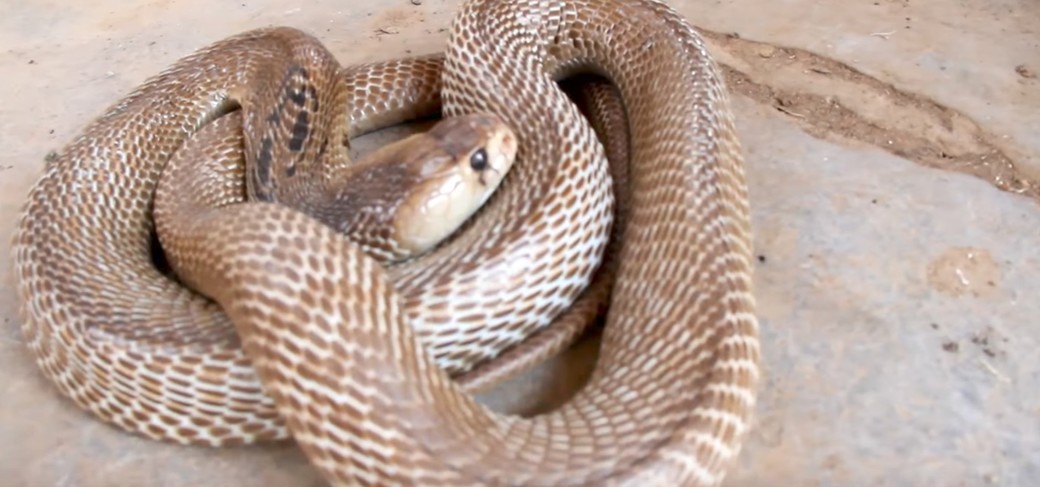Snakes have ears inside their heads and they only hear vibrations

Snakes - Masters of Vibrational Communication

When we think about hearing, ears are typically the first thing that comes to mind. However, did you know that snakes have ears too? Surprisingly, snakes have ears inside their heads, although they are not visible to us. These unique auditory organs allow snakes to sense vibrations and perceive sounds in their environment.
Unlike humans and many other animals, snakes don’t have outer ears that capture sound waves. Instead, their ears are located internally, deep within their heads. Snakes rely on these internal ears, commonly known as vestigial ears or inner ears, to “hear” vibrations.

The snake’s ear structure is quite fascinating. Their ears are not designed to perceive high-frequency sounds like birds chirping or dogs barking. Rather, snakes have evolved to primarily detect low-frequency airborne sounds and vibrations that are crucial for their survival.
These incredible ears enable snakes to perceive vibrations traveling through the ground. When snakes slither across the Earth’s surface, their bodies generate subtle vibrations. These vibrations are then detected by their inner ears, allowing them to “hear” their surroundings.
Snakes have exceptional sensitivity to vibrations, allowing them to locate their prey, communicate with others of their kind, and even sense potential threats. By picking up on vibrations in their environment, snakes have a heightened awareness of their surroundings, enhancing their survival in the wild.
Recent research has also shown that snakes possess the ability to hear sounds as we do, but only to a limited extent. While they may not be able to pick up on the nuances of high-frequency sounds, they can still perceive certain airborne sounds, although not as effectively as creatures with visible outer ears.
In conclusion, snakes have ears hidden inside their heads that allow them to perceive vibrations and sounds in their environment, making them masters of vibrational communication. Their unique auditory system provides them with a distinct advantage in survival, giving them the ability to sense their surroundings in ways we can only imagine.
Source: LiveScience
Tags
Share
Related Posts
Quick Links
Legal Stuff

